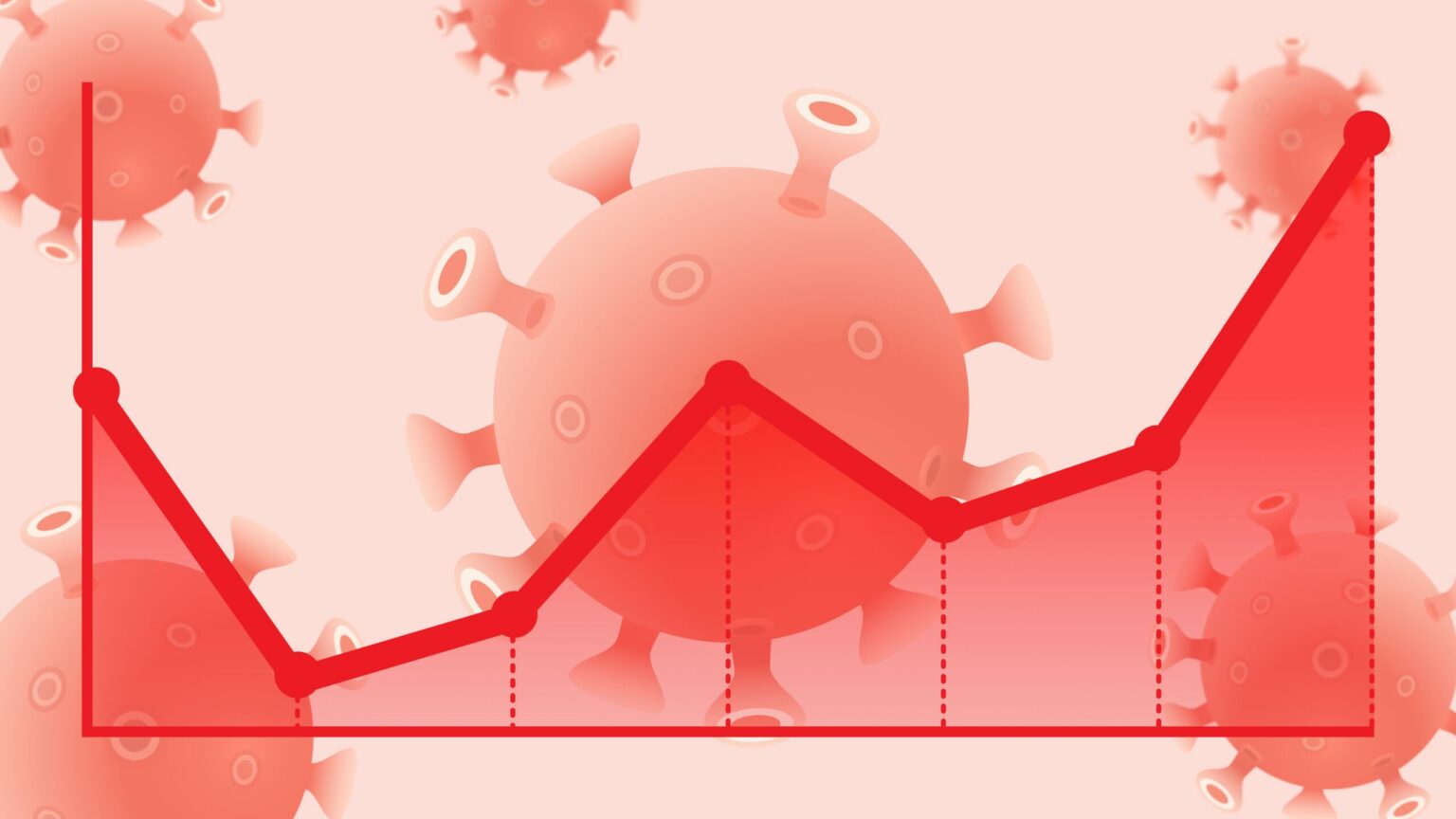As part of a workshop of the modeling network for serious infectious diseases, the participants simulated possible scenarios for the further course of the SARS-CoV-2 pandemic in autumn and winter 2022/2023 and published them in a joint statement.
A total of three defined scenarios were developed, which differ in terms of occurrence, transmission dynamics and the risk of severe infections of new virus variants. The aim of this modeling was to predict the potential incidence of infection, as well as the burden on hospitals and the effectiveness of vaccination campaigns.
Complete press release of the University Hospital Halle from 06.10.2022
The Modeling Network for Severe Infectious Diseases (Modeling Network) has published a brief statement on possible outcomes for the coronavirus pandemic in the coming fall and winter. The nationwide research networks in the modeling network are coordinated by the University Medical Center Halle. A total of three defined scenarios were simulated, which differ in terms of occurrence, transmission dynamics and the risk of severe infections of new virus variants. This made it possible to assess the potential incidence of infection, the burden on hospitals and the effectiveness of vaccination campaigns.
Due to previous vaccination campaigns and the preceding infection events, large parts of the population are fundamentally immunized against COVID-19 (coronavirus SARS-CoV-2). “We therefore assume relatively good protection against a severe course of a corona infection with the variants currently widespread in Germany,” says Junior Professor Dr. Alexander Kuhlmann, Head of the Coordination Office of the Modeling Network at the University Medical Center Halle. “However, if a new virus variant emerges that partially circumvents the population’s acquired immune protection, the situation could worsen.” This was already observed in the course of 2022, when various subvariants of the Omikron variant triggered several waves of infection. As part of the modeling network, three possible scenarios were defined that differed in terms of the occurrence and characteristics of a new variant. “The scenarios were only given very roughly, so that each of the seven modeling groups involved could make their own assumptions about specific parameter values. Despite this variability, the results of the individual models were easy to compare,” says Kuhlmann.
In the first scenario, it was assumed that no new virus variants would emerge during this period. The simulations showed that a wave of infections was to be expected over the course of the winter, which would probably not lead to an excessive burden on hospitals. However, the shortage of personnel in critical infrastructures could worsen due to the large number of infections. In the second scenario, it was assumed that a new virus variant prevails that partially circumvents the previous immune protection but does not pose a higher risk of severe disease progression. This is likely to result in a burden on the healthcare system that is of the same order of magnitude as the previous peak values during the coronavirus wave at the beginning of 2022. In the third scenario, it was also assumed that a new virus variant would prevail by circumventing immune protection. In contrast to the second scenario, this hypothetical new variant also leads to more severe developments, similar to the delta variant from the second half of 2021. In this case, the peak levels of hospital use achieved to date could be significantly exceeded during the pandemic.
The simulations showed that a vaccination campaign starting in October, for example with adapted vaccines – especially in the second and third scenarios – would significantly reduce the number of people who would have to be treated in hospital with a COVID-19 infection. In the third scenario in particular, however, it is possible that changes in vaccination strategy alone will not be enough to keep hospital occupancy rates below the previous peaks. “More concrete statements on the expected risk and possible countermeasures will only be possible when a new virus variant actually becomes established and we have data on the spread dynamics and the risk of severe courses of the disease,” says Kuhlmann.


